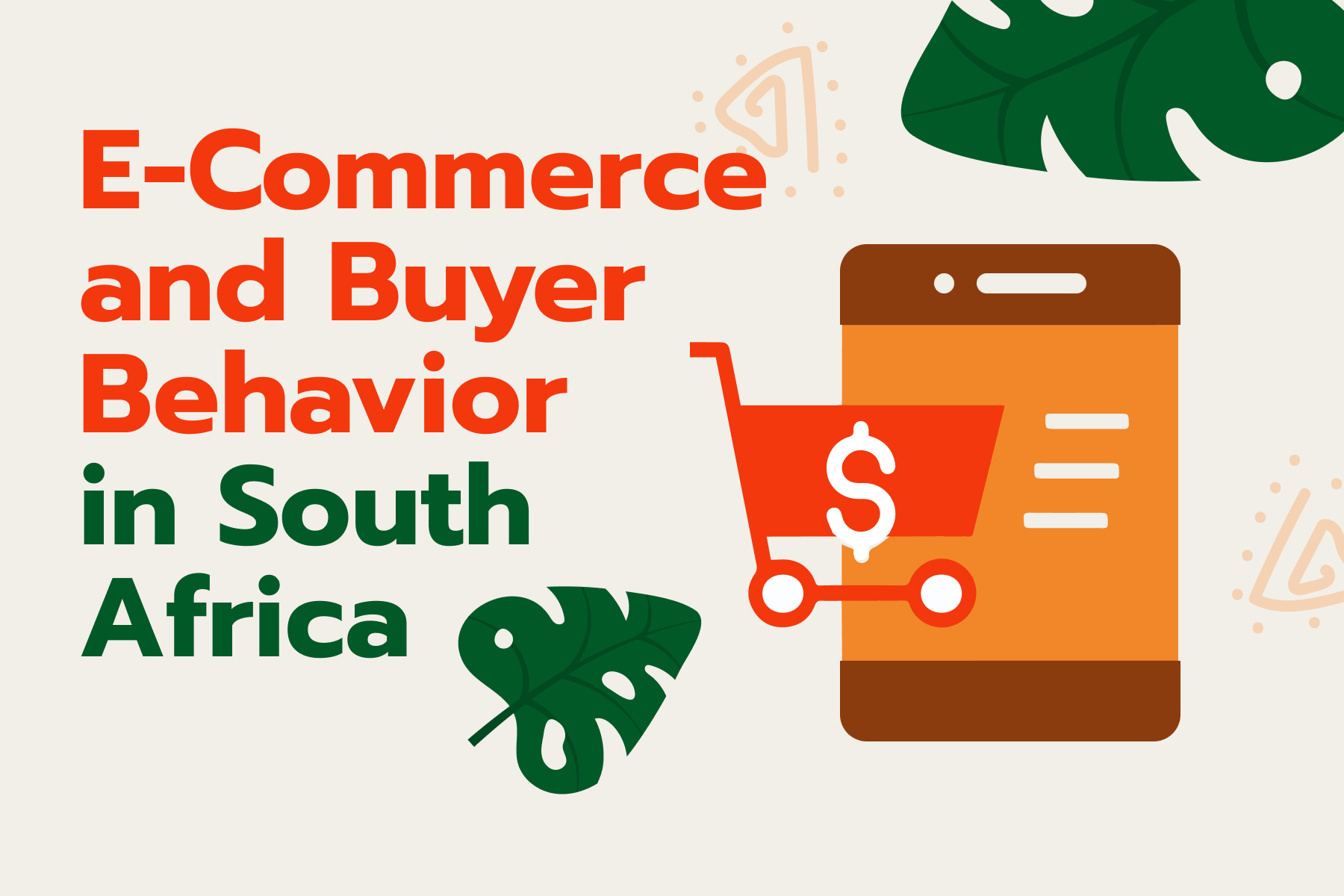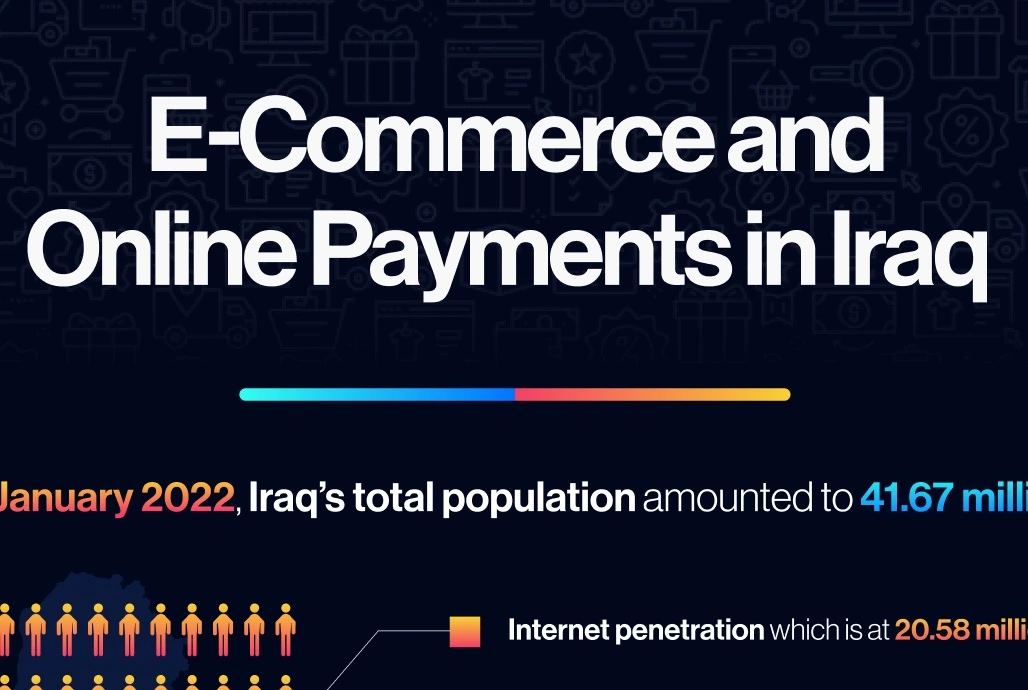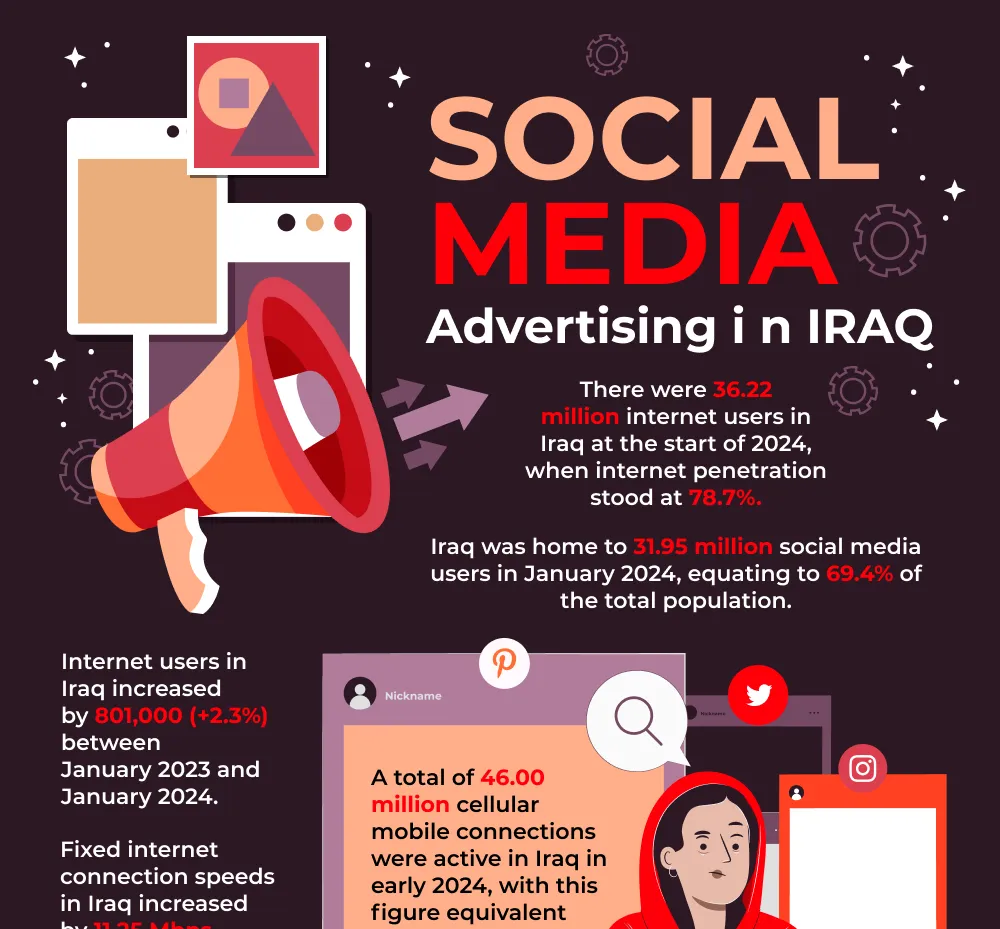When it comes to improving sales for an E-Commerce store, three steps can be implemented: increasing the average order value can be done, we could also increase the traffic flow amount to the site, and lastly, increasing the conversion rate.
While it is clear that those mentioned above are important, the cheapest and the best way to increase sales is by increasing our conversion rate.
For many stores online, low conversion rates are basically the result of a poorly done design or also a bad user experience. Before we advance to the main topic of discussion, let’s explain what UX design is.
What is UX design?
There is no definition of UX design (UXD) that is universally accepted. However, there are many dimensions to user experience design as a concept, and they're a couple of disciplines that are included in it. Some of them are interaction design, information architecture, visual design, usability, and human-computer interaction.
A study that was published in the Oxford Journal, Interacting with Computers, had this conclusion that in as much as business is concerned, the goal of UX design “improve customer satisfaction and loyalty through the utility, ease of use, and pleasure provided in the interaction with a product.”
Put in other words, UX design is the process of designing (digital or physical) products that are helpful, easy to use, and also lovely to interact with. It’s also about increasing the experience that people have. At the same time, they begin to utilize your product and ensuring that the value they expect from the product is what they are actually getting from it.
UX design, in essence, is the process used in determining how the experience will be when users interact with the product; UX design mainly takes users into account.
8 E-Commerce checkout UX design tips to increase conversion
-
Navigations should be simple
It is advisable not to overcomplicate the navigations. It is also paramount that the navigation bar does not take up much of the screen space. One of the useful rules of thumb for an E-Commerce store is to reduce the number of clicks for a customer to add a cart.
If there are too many categories in your shop to display all at once, it is best to put your bestselling categories in the main menu while the less-visited categories, grouped in a separate tab. For many stores, a top-level hover style drop-down menu is used. Top-level navigation is one of the ways to organize and display your product.
Some old design utilizes left-hand style design which takes up much more screen space. Freeing the extra space allows for the blowing up of categories and product images by 300%. With this new navigation menu, all visitors can add to their cart in just three clicks. The first click is to find a product category, while the second click is to view the product description, and then the last click is to add to the cart.
After the menu has been designed, it is best to assume that you are the customer and try to shop on your platform. Some of the many things to check for are, can the information needed be found readily? Do the important features on the site pop up? Are the contents easy to read? One way of improving the user shopping experience is by analyzing your site from a customer’s perspective.
-
Allow customers to buy without requiring them to sign in or create an account.
For efficiency and effectiveness in sales, there is a need to have a great deal of customer data. This is why so many UI designers make the mistake of requiring prospective customers to sign up for a new account or login before buying something on their platform.
This practice usually hampers the shopping experience and usually leads to the customer abandoning the cart. It is better to give customers a guest checkout payment option, thereby making account creation optional.
In the example shown above, Stanfords gives the option to check out as a guest or register. They are very clear about the benefits of creating an account with them which are as follows. There is faster checkout, also, easy access to order history and status, and there is the ability to save multiple delivery addresses. But for those shopping on your site who are not interested, they can easily skip this step and carry on. This is a great approach. We could just take people straight to the checkout and drop the idea of a customer account.
-
EMPHASIZE YOUR SPECIAL VALUE PROPOSITION
An average user spends 5.60 seconds looking at your website’s written content. In that time, it is paramount to capture the user’s experience, or they will leave your page. Therefore, from the start, you must show what you sell and why your store is the best place to get products instead of your competitors.
Also, every page on your site should show your special value proposition. A special value proportion is a brief statement that describes what makes your business special and shows what your store does better than its competitors. The best way to show your special value proposition is to use a dazzling image.
Value proposition display should not be limited to the home page only. It could also be applied to every category page.
-
Optimization of the visual hierarchy of your product page
There should be a goal for every site on your page. Applying a logical visual hierarchy to your design while designing your product page is paramount. Users should not go through trouble finding the "add to cart button” with as few distractions as possible. It is best to avoid overwhelming the products page with all the design elements. Improving product description is done by freshening the color scheme, enlarging the product image, and also by changing the placement of buttons in a more logical flow.
By adjusting the contrast, size, color, and alignment of the page element, you force the shopper to process your product information.
-
The checkout process for mobile users should be optimized
Of every 10 mobile phone users, 4 abandon their carts if they encounter any problem entering their personal information. It is usually inconvenient for customers to input their credit card and contact information using a tiny keyboard. Furthermore, excessively many form field and small form field drives away mobile users.
Over three-quarters of smartphone users shop online with their phones, which is why optimization for a mobile platform is required. Nowadays, a responsive design is similarly used for the course, and it is possible to screw things up if you are not careful.
It is best to collapse the user's cart content so that it does not occupy the phone's whole screen. Generally, here is some mobile optimization that can be made to checkout.
Optimization #1: Always try to keep your checkout form sweet and short
Accidentally hitting a wrong button while trying to tap another button on your checkout page should be avoided while also making sure the buttons are large enough to tap on your phone. In addition, in a bid to dodge frustrating users, it is better to turn off autocorrect for your form field and auto-capitalization for all form fields. Also, it is better for the phone number entry to display a numeric keypad instead of the regular keypad.
Optimization #2: Automatically import your customers’ data if possible.
The less information the mobile user has to enter, the better. Third-party payment options like Paypal Express usually simplify the checkout processes, reducing typing and increasing conversion rates.
-
An outline of the checkout process should be provided
It is better not to ask for all the information you need all at once because it may become tedious. Instead, try breaking the checkout process into separate steps and guiding the customers through each one. Some checkout process usually consists of four steps, namely.
- Cart
- Customer info
- Payment methods
- Shipping method
As “proceed to checkout” is clicked, each step is displayed at the top of the page as a progress bar, which shows customers how far they have gone in the process. When a customer knows what they need to do to complete a purchase, filling the form becomes less cumbersome.
-
Trust factor should be displayed on each page
Free shipping, easy returns, and trust are important to increasing conversions. However, the most important value that must be established with users of your product is trust. Unless you're a big brand store like Amazon, you have to build your user's trust and giving them the assurance that making purchases from you is safe.
Most consumers particularly look for 3 things when shopping at an online store for the first time.
. Fast and free shipping;
. Easy returns;
. Ways of reaching customer support;
All these are also the result of Amazon’s influence on the E-Commerce space. The E-mail address and phone number display are paramount. For unrecognized and upcoming brands, customers will like to know that they can talk to real people in case of problems and questions.
To reinforce trust, you can also show your achievements. Additionally, customers’ testimony shows social proof and makes the site more credible. It is good to reach out to satisfied customers for their testimony and endorsement. To generate conversions as a less known brand, you have to first gain your customers’ trust by making refunds easy if anything goes wrong with their purchase and showing real concern for the customer's satisfaction. This will eventually aid in building a good reputation for yourself and your brand.
-
A Consistent and complementary color scheme should be used
Customer attention can be captured by a colorful and well-chosen color scheme and also drive them to take action. Also, how users feel about your site can be what determines if they will complete checkout or leave the site.
A good e-Commerce store usually utilizes 3 complementary colors, which are applied regularly across every page on the site. Every single page of your E-Commerce store should have 1 main call to action that guides shoppers towards checkout.
CONCLUSION
Optimizing your conversion rate is a process that keeps happening. Also, the way to check your improvement is to test your results.
It is better to follow the data and not your feelings because sometimes, it is not all about beauty.
If you follow some of the design tips that have been outlined above, you will see some improvement in your website. Optimization of your conversion rate can be done through repeated testing and tweaking and doing it again. Also, a sense of urgency should be added to the sites.






